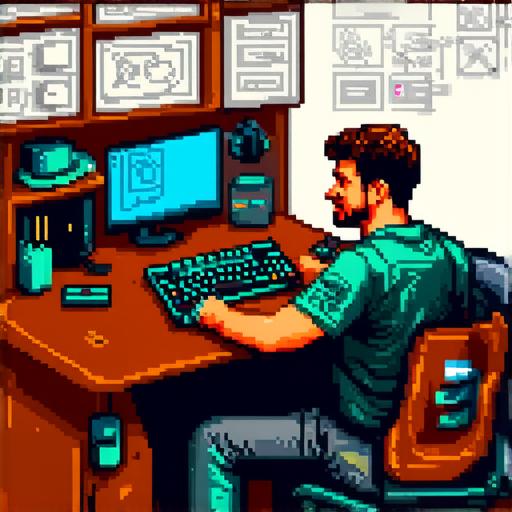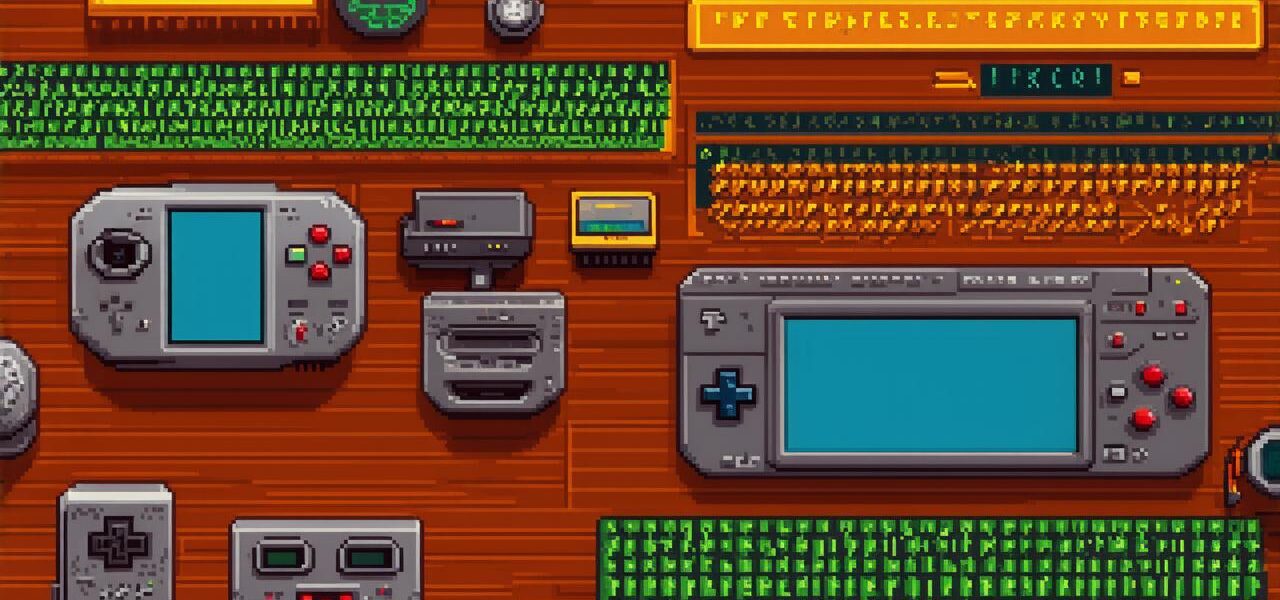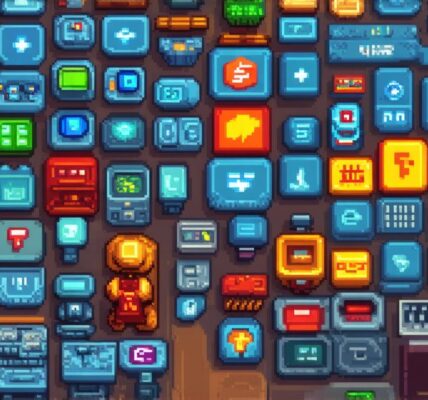Daily Tasks of Video Game Designers
Video game design involves a variety of tasks that are performed on a daily basis. Some of the most common tasks include:
-
Conceptualization and brainstorming: This process involves coming up with new ideas for games, characters, and levels. Designers often work in teams to generate a wide range of ideas and choose the best ones for further development.
-
Prototyping and testing: Once designers have a concept they want to pursue, they create a prototype or demo of the game. This allows them to test the mechanics and see if it is engaging and fun. They also gather feedback from other team members and stakeholders.
-
Gameplay programming: Designers work with programmers to translate their ideas into code. They write scripts and code snippets that bring the game to life, allowing players to interact with the game world in meaningful ways.
-
Level design: This involves creating the layout of each level in the game. Designers must ensure that the levels are challenging but not too difficult, and that they flow logically from one to the next.
-
Character and object modeling: Designers work with artists to create the visual assets for the game. This includes designing characters, weapons, and other objects that players will interact with in the game world.
-
Animation and sound design: These tasks involve creating animations for characters and objects, as well as adding sound effects and music to the game.
-
Quality assurance testing: This involves playtesting the game to ensure that it is free of bugs and glitches. Designers also gather feedback from beta testers to make improvements before the game is released.
-
Documentation: Throughout the design process, designers must document their work so that others can understand it. This includes creating design documents, flowcharts, and other forms of documentation.

Case Studies in Video Game Design
To better understand what video game designers do on a daily basis, let’s look at some real-life examples:
Example 1: Creating a Puzzle Game
Let’s say that a group of designers is working on a new puzzle game. Their daily tasks might include:
-
Brainstorming ideas for puzzles and levels
-
Writing scripts and code to bring the game to life
-
Playtesting the game to ensure it is challenging but not too difficult
-
Gathering feedback from beta testers
-
Documenting their work so that other team members can understand it
In this example, designers are working together to create a cohesive and engaging game experience for players. They must balance the difficulty of the puzzles with the player’s enjoyment of the game, making sure that each puzzle leads logically to the next.
Example 2: Designing an Action Game
Another example might be an action game where the designers are working on creating a new character for the game. Their daily tasks might include:
-
Brainstorming ideas for the character’s abilities and weapons
-
Collaborating with artists to create the visual assets for the character
-
Writing scripts and code to bring the character to life in the game world
-
Playtesting the game to ensure that the character is balanced and fun to play
-
Documenting their work so that other team members can understand it
In this example, designers are working together to create a new and exciting character for the game. They must balance the character’s abilities with the overall difficulty of the game, making sure that the player has a challenging but enjoyable experience.




